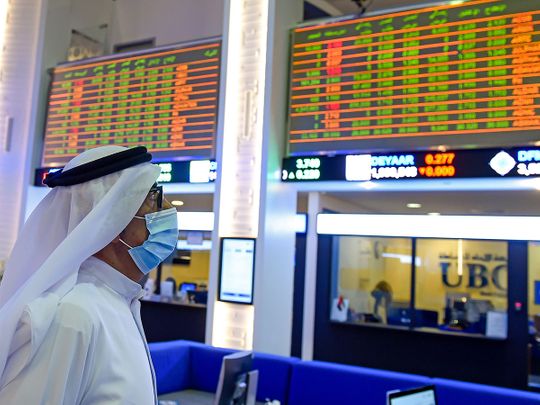
According to a paper published by Sarr and Lybek in 2002, there are five dimensions of market liquidity.
These relate to tightness (low transaction costs), immediacy (the speed with which orders can be executed), depth (which refers to the existence of abundant orders), breadth (where orders are both numerous and large in value with minimal impact on prices) and, finaly, resilience (which denotes the speed with which price fluctuations resulting from trades can be dissipated).
Based on these, the UAE capital markets (just like the real estate market’s evolution earlier) are functioning at their best levels yet. Mirroring (and even exceeding) broader moves in the region, the gush of liquidity signals a paradigm shift in investor interest, with IPO and takeover activity at new highs, ranging from tech to education to energy, allowing an improvement in the allocation of capital and savings to be channeled through stock markets.
One critical factor is that in this process of deepening, the concentration of companies that dominate the market is starting to reduce. This is expected to continue as more private sector companies such as Taaleem and Bayanat make their way to the public markets. In recent years, the bulk of fund raising activity has been focused on the private markets. With this mindset changing, liability driven investing is now starting to come to the fore, alongwith the ability for the median investor to capitalize on capital market gains in the short to medium term as well, an inevitable consequence of high functioning capital markets.
Emphasis on steady gains
It is hard to not get carried away with the current zeitgeist, yet it is exactly these sentiments that must be guarded against by the patient long-term investor. The UAE is laying the foundation for steady capital accumulation through its disinvestment program (with private sector firms joining the bandwagon). Earlier IPOs, given their level of oversubscription, have allowed issuers to increase the percentage of the company that is to be listed.
This trend will likely continue with the likes of Empower and others. At the same time, with an expanding array of companies in different sectors looking to take advantage of the burgeoning interest by investors, the ‘signaling’ mechanism of the capital markets as a leading indicator of economic activity increases as well. With performance of stocks increasing, the cost of capital relative to existing capital decreases, and acts as a counter-cyclical force to rising interest rates we are witnessing. Further it strengthens confidence and expectations and embeds them into the prices of assets.
Spread across sectors
Most critically, it allows for investors to participate in various growth sectors of the economy - education, healthcare, FMCG and energy - without having to worry about secondary market liquidity. What is astonishing to note is that all of this has taken place against a backdrop of Western asset markets that have corrected significantly in the last year in response to higher inflation and interest rates.
While optimists would argue for ‘decoupling’, the cynics would state that this is a redux of 2007-08, where prices in the domestic markets fell with a lag effect. The reality is neither; stock markets are offering a better return-risk structure for investors at any point since their inception. At the same time, no one can argue against exogenous economic forces in a globalized economy.
What investors would do well to keep in mind is that the building blocks are in place for long-term capital growth, and whilst volatility cannot be avoided, it is even welcome for those who can decipher and capitalize on the value of the companies available to purchase. From an issuer’s perspective, the markets have never been as inviting. Happily, from an investor’s perspective, the same is true.













